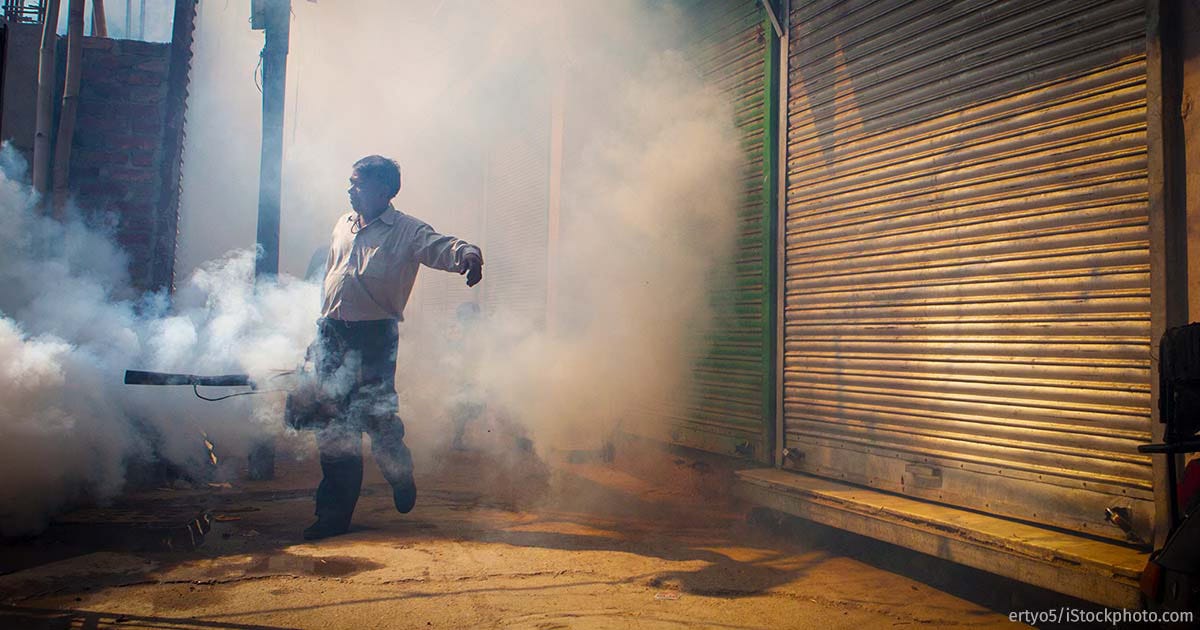Good Intentions And The Road To Hell
This week, why a cash support scheme for bail isn't working, why UP is seeing more dengue cases, and Ladakh's 'hidden hunger'
A recurring issue with government schemes is that no matter how well-intentioned they are, there is an almost unbridgeable gap between intent and execution.
Take the case of overcrowding in our prisons. Data from 2023 says India has a total of 573,200 prisoners—that is, that our prisons are filled to 131 percent of capacity.
Experts have pointed to various reasons for this, beginning with the inordinate amount of time cases take to be heard in courts. Equally, there is the issue of affordability of bail—as per data submitted to the government by High Courts across the land, some 24,879 accused who have been granted bail continue to remain in custody because they are unable to afford the bail amount that has been set.
To address this problem, the government last year announced that poor prisoners will be given financial aid to the tune of Rs 40,000 for undertrials, and Rs 25,000 for convicts, to meet their bail provisions.
On paper, the scheme sounds good—but then comes the execution. The process of deciding who is eligible for such aid is so needlessly convoluted, so tangled in red tape, that on the ground the scheme is pretty much a non-starter.
Shreehari Paliath filed Right to Information requests with nine states, and found that Maharashtra was the only state—of the six that shared information—to have released prisoners via the provisions of the scheme. And even Maharashtra has in over a year managed to release just 10 undertrials and one convict.
The other states—Odisha, Bihar, Kerala, West Bengal, Uttar Pradesh, Madhya Pradesh and Chattisgarh, plus Delhi—have not released a single prisoner; West Bengal in fact has not even implemented the scheme.
Paliath spoke to experts to find out the reasons for this phenomenon; in course of his reporting, he discovered that there already exists a mechanism to deal with this problem, and that the cash for bail scheme was essentially attempting to solve a problem that does not exist in the first place. Read:
Why India's Bail Scheme for Poor Prisoners Isn't Working
Uttar Pradesh has a dengue problem
In India’s most populous state, changing climatic conditions have resulted in a new threat: dengue, a mosquito-borne viral illness for which there is no known cure, has been spreading exponentially.
In Lucknow, the state capital, 91 new cases of dengue were identified in just two days, October 31 and November 1. In the week ending November 1, over 400 confirmed cases have been reported from Lucknow alone. While it is clear that the threat is statewide, diagnosis and reporting particularly in the smaller towns and villages is spotty at best, with the result that the true scale of the problem is not known.
The causes are many, including increasing population density and unplanned development. Experts, however, point to climate change as the single largest contributor to the spread of the disease.
The Aedes aegypti breed of mosquito, which carries the virus, typically thrives in areas where there is stagnant water. Changing weather patterns, where spells of heavy rainfall resulting in the accumulation of floodwaters is followed by periods of hot weather, creates ideal breeding conditions for these mosquitoes, experts say. Read Mithilesh Dhar Dubey’s extensive ground report:
Why UP’s Dengue Cases Have Been Rising
Ladakh and the problem of “hidden hunger”

The dictionary defines “hunger” as an urgent need for food, and/or a weakened condition brought about by lack of adequate sustenance.
Ladakh, a trans-Himalayan region administered by the government of India as a Union Territory, suffers from a different, if related, problem: hidden hunger. This refers to a form of malnutrition characterised by micronutrient deficiencies (a lack of essential vitamins and minerals) even in people who are consuming food with sufficient calories to meet their basic energy needs.
In Ladakh, the problem of hidden hunger is largely the result of access, or the lack thereof. Winters are harsh, with temperatures typically ranging from minus 10 to minus 25 C—weather that inhibits local farming. As a result, much of the food that is consumed has to be trucked in—a sporadic process at best, thanks to heavy snowfalls often blocking the access roads. The result is that micronutrient-rich foods— particularly green vegetables, which don’t travel well—are in short supply, leading to endemic anaemia in the region.
Hidden hunger causes issues ranging from anaemia, due to iron deficiency; Vitamin A deficiency leading to impaired vision and reduced immunity; zinc deficiency which hinders growth and inhibits immune function; and iodine deficiency, which affects thyroid function and cognitive development.
In our ground report on the phenomenon, Safeena Wani explores the various causes, and consequences, of the phenomenon of hidden hunger, and analyses the efficacy of programmes like ‘green houses’ that the government has initiated in a bid to combat the problem. Read:




